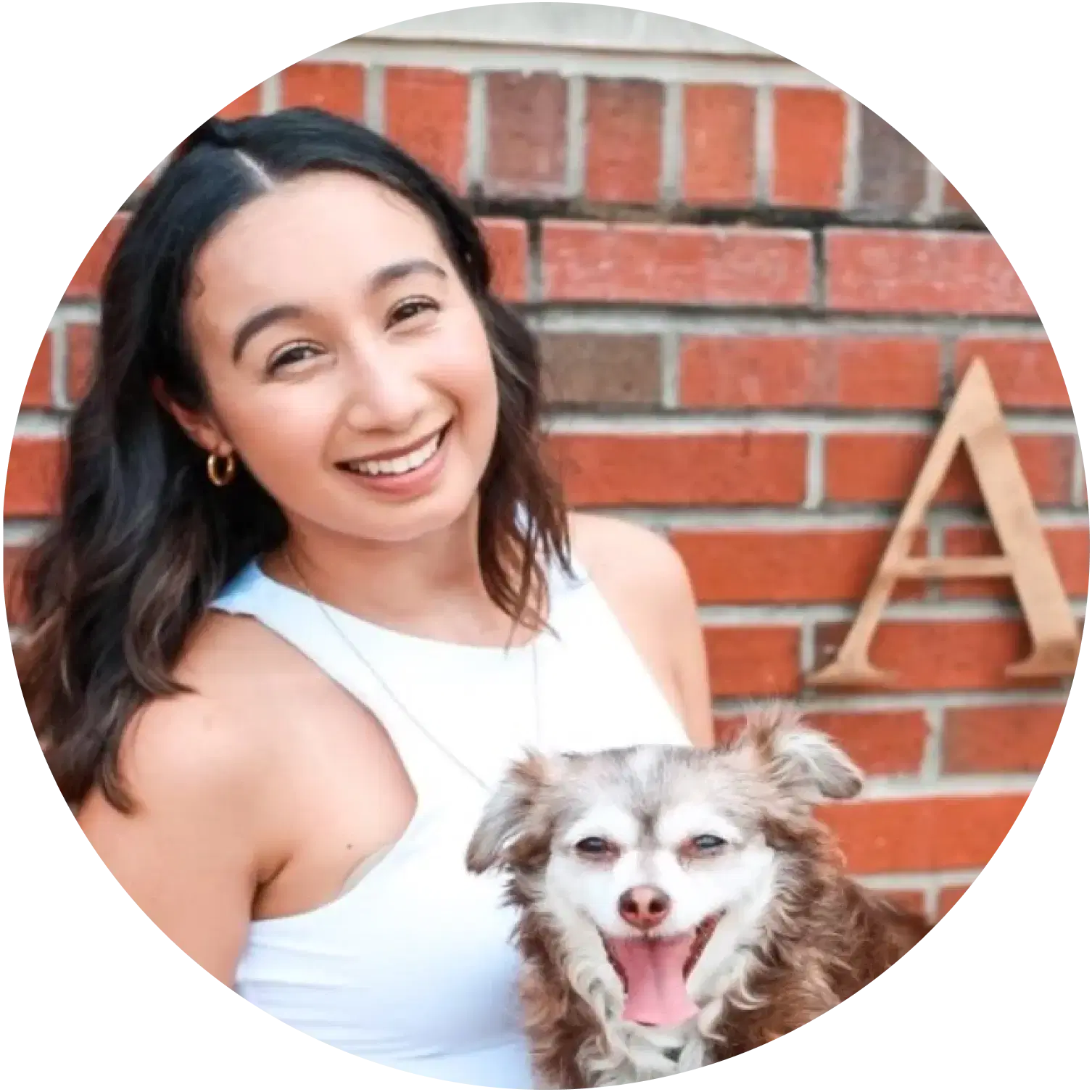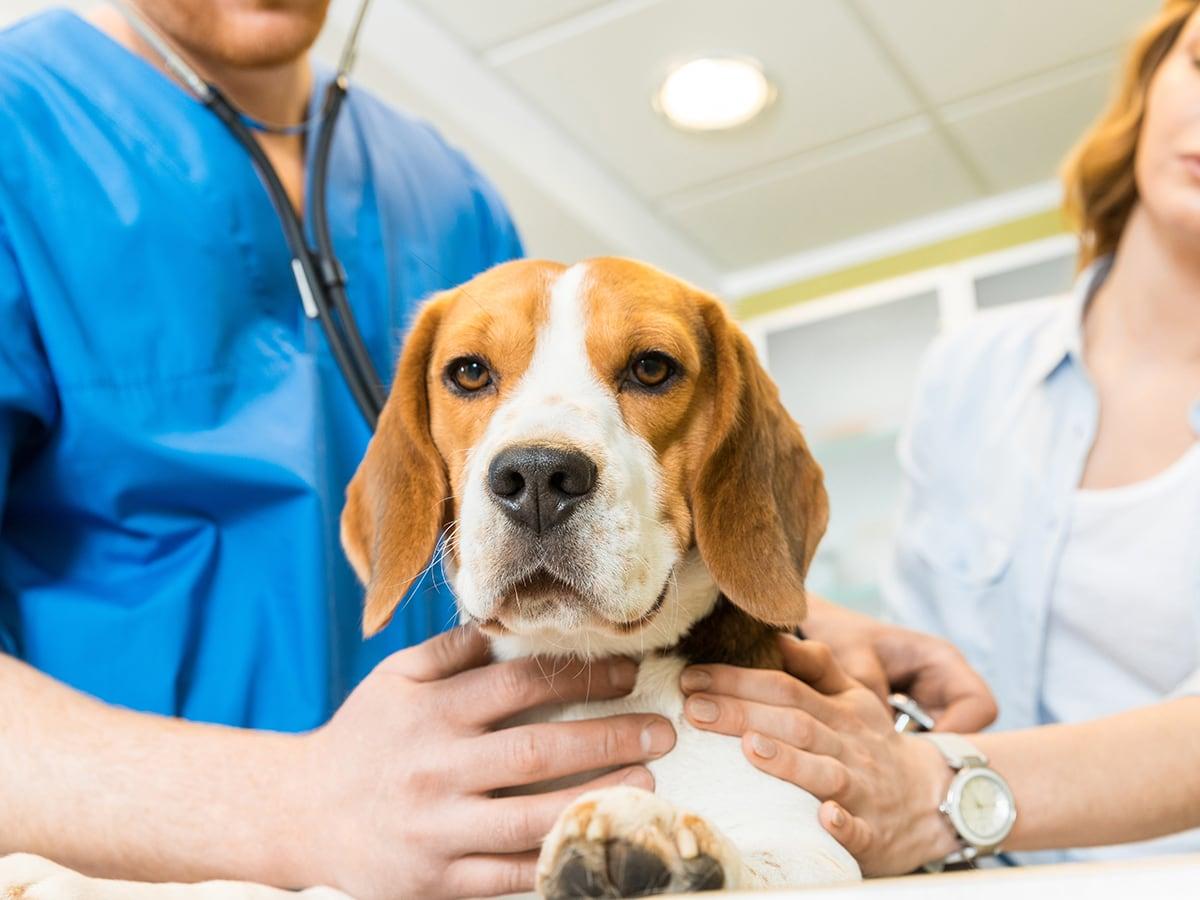Parvovirus – a severely contagious and sometimes even fatal virus in dogs and cats- cannot be cured, but the symptoms can be curbed through intensive medication and care. Pet insurance can help cover the cost of required medicines and other treatments in the case it is an ‘accidents and illnesses’ plan.
Before getting into the details of how much treating parvo can cost in dogs and cats and how much of it you can get reimbursed with pet insurance, let’s start with what the virus is and how to identify it.
Which costs does pet insurance cover?
If you have an accidents and illnesses pet insurance plan, you can get help with the costs related to parvo treatment for your pet. It will help cover costs like hospitalization, medicines, diagnostics, and more.
There are 3 things to note here, though –
The condition cannot be a pre-existing one
It must not be developed during the waiting period
And the pet should have been given all relevant vaccinations on time
What is Parvovirus?
Parvovirus or canine parvovirus is a highly contagious disease caused by CPV 2, which is type 2 of the virus. There are multiple strains of this virus and the disease which it produces is commonly referred to as parvovirus. It affects the blood cells and the gastrointestinal tract of dogs and even other canids like wolves, coyotes, foxes, etc. It can also attack the infection-fighting cells in the bone marrow, making it very difficult for the infected dogs to recover. (1)
Can Cats Also Get Parvovirus?
Yes, just like canine parvovirus, there’s feline parvovirus, more commonly known as Panleukopenia or Feline Distemper. It is more common in kittens as they lose their antibodies from their mother after a few weeks of birth. It causes illnesses like diarrhea, vomiting, and fever and will most probably result in death. (3)
While the symptoms are the same, the virus is different from the one that affects dogs. So, affected dogs cannot transfer the virus to cats and vice versa.
How do Dogs Catch Parvovirus?
Infected dogs excrete traces of the virus through feces. Infection is, hence, acquired through direct oral or nasal contact with virus-containing feces. It can also be acquired through contact with infected environments. Pregnant dogs can transfer the virus to their unborn pups. Even humans can be agents of virus transfer from an infected dog. (1)
The virus is resistant to most common detergents and disinfectants, as well as to changes in temperature and pH. It can persist indoors at room temperature for at least 2 months and even for years if protected from sunlight.
Cats also catch the virus in similar ways.
What are the Signs of Parvovirus in Dogs and Cats?
The signs of the virus can vary from pet to pet, depending on their overall health, age, etc. Some pets may not even show any symptoms. However, if they do, here are some signs that you may start seeing within 4-5 days of the virus infection – (1)
Lethargy
Frequent vomiting and frothing at the mouth
Runny nose
Fever followed by low body temperature
Watery or bloody stool
Decreased appetite
The disease will gradually progress with time and eventually lead to death in most cases. The moment your dog or cat shows any of the above symptoms, you should be taking them to the vet immediately.
Are Some Dog Breeds More Prone to Parvo?
Parvovirus usually affects young pups and kittens. Unvaccinated or incompletely vaccinated dogs stand the highest chance of getting affected. While it can happen to any dog as the virus can exist almost anywhere and everywhere, there are certain breeds that are seen to be more prone to it. They include – (1)
How is Parvo Treated in Dogs and Cats?
Unfortunately, there is no cure for parvovirus in dogs and cats. The only treatment is prevention through vaccination. In case the affected pet is not vaccinated, they may need several days of hospitalization, and intensive care to control the symptoms. Despite everything, the chances of death remain high.
The supportive care usually includes fluid and electrolyte therapy, nutritional support, anti-emetics, and antibiotics to prevent secondary bacterial infection.
A good thing here is that most puppies that survive the virus for the first 3-4 days will most probably recover fully within a week or so. A good all-around supportive care can ensure that. The recovered dog will also become immune to the virus in the future.
How much does the Parvo vaccine cost?
Pups can receive their parvo vaccination at 6,8 and 12 weeks of age. They will even need a booster vaccine between 14 and 16 weeks of age(2). It is important to complete the entire series of vaccinations to ensure complete immunity. The first-year doses will cost you around $60-$180. The booster shots can cost around $15 to $40. (4)
How much does it cost to treat Parvo in Dogs and Cats?
The total treatment cost will not be the same for everyone as it will depend on the severity of the condition, hospitalization period, location of the clinic, etc. Here’s an approximate breakdown for you – (4)
Initial vet visit - $40-$80
Diagnostics like bloodwork and fecal tests - $150-$300
Hospitalization - $100-$600 per day depending on the type of facility you choose
IV fluids - $150-300
Medicines - $60-$120
So, the total cost can range anywhere between $700-$3000 or even more.
If the disease is a preventable one, most pet insurers won’t cover the costs if the pet is unvaccinated.
Plans at Spot Pet Insurance can also help cover costs like alternate therapies, prescription diets and more!
More about Spot Pet Insurance
Dog Insurance can help provide financial assistance for eligible veterinary care in case of unexpected accidents, illnesses, or injuries. Our plans can help pet parents manage the eligible costs of covered veterinary care and help ensure that their pets can receive the best treatment possible. Here are some ways that Spot pet insurance plans can help:
Covers Unexpected Veterinary Costs: Spot pet insurance plans help cover the eligible costs of unexpected veterinary treatments, such as emergency surgeries, X-rays, and prescription medications for covered conditions.
Customizable Plans: Choose your annual limit, reimbursement rate, and deductible from a range of options, and create the plan that will fit the needs of your pet and your budget.
Peace of Mind: With Spot pet insurance plans, pet parents can know that they can provide the best care for their pet with less worry about the cost.
To learn more about Spot Plans or to get a free quote, click here.

With 10 years of experience as a pet parent, I aim to empower pet owners with insights into pet insurance and maintaining their pet's well-being. I aspire to be a trusted source, combining knowledge with a commitment to the welfare of our beloved pets.

With 15 years as a dog and cat parent, my pet articles are a mix of humor and firsthand experience - proof that the best stories often come with paws and purrs.
Gallagher, A. (2020, June 8). Canine parvovirus. MSD Veterinary Manual. https://www.msdvetmanual.com/digestive-system/diseases-of-the-stomach-and-intestines-in-small-animals/canine-parvovirus#Prevention-and-Control_v3266303
Idxubdbb. (n.d.). Importance of puppy vaccination before walks in NSW. https://www.kirraweevet.com.au/pet-care/pet-care-for-dogs/why-you-need-to-vaccinate-your-puppy-before-you-walk-it.html
Mehta, P. (2024, February 29). What to know about feline parvovirus. WebMD. https://www.webmd.com/pets/cats/what-to-know-about-feline-parvovirus
Hazen, T. (2024, September 26). How much does parvo treatment cost? Vety. https://vety.com/costs/parvo-treatment-cost












